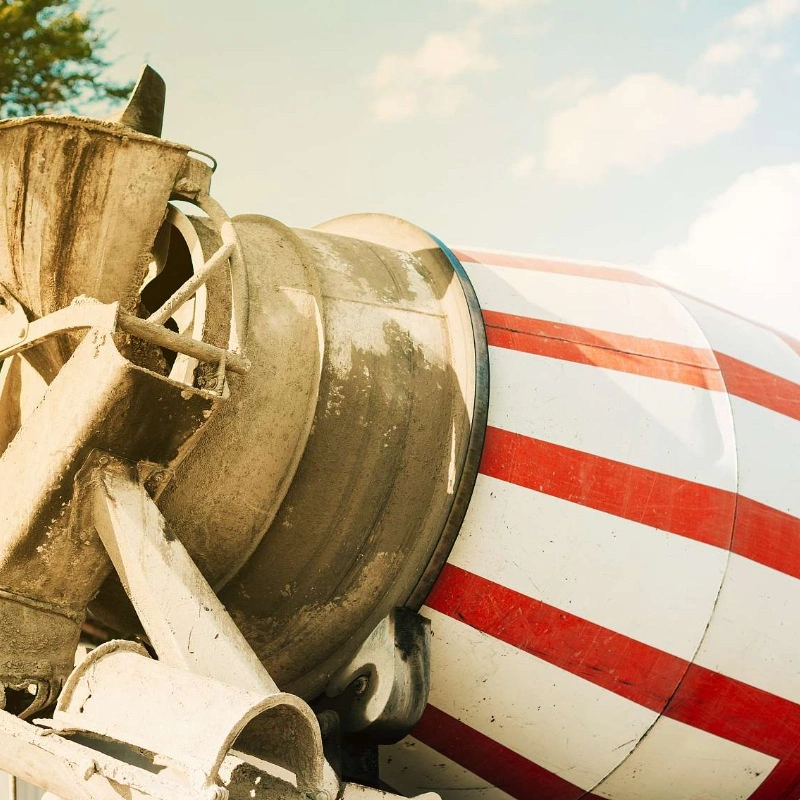The Fundamentals of Bearing Steel

What is Bearing Steel?
Bearing steel is a high level of carbon and chromium, it is also called a specific type of steel used in the manufacture of ball bearings, roller bearings, bike, automobile bearing rings or other significant parts for machinery As you know one part to another component move with the help of this. Such steel is developed to satisfy stringent criteria in terms of durability, resistance to abrasion, and consistency :, Its material properties are highly related to its chemical composition and the distribution of non-metallic inclusions and carbides on the steel. The characteristics of the steel used to make bearings mean that these components can perfectly withstand even the harshest operation conditions as they are often subject to high loads and speeds in today’s machinery and automotive applications.
Comparison with Other Steels
A few of them are as follows; differences between bearing steel and other types of steel for example carbon steels, tool steels, etc. Bearing steel, on the other hand, has been engineered to provide unique and specialized properties not found in standard carbon steels. By comparison, tool steel is built for use where it will be cutting and shaping which means that it prioritizes being hard and wear-resistant but likely not as good at feeling like bearing steel. In conclusion, bearing steel differentiates itself by having engineered mechanical properties ideal for bearing usage, which help in reducing wear and can last long under harsh operating conditions.
Key Mechanical Properties of Bearing Steel
Hardness and Wear Resistance
One of the defining mechanical properties of bearing steel is its exceptional hardness, which is typically achieved through precise heat treatment processes. Hardness plays a pivotal role in ensuring that bearings maintain their shape and functionality under continuous pressure and friction. The high hardness of bearing steel not only contributes to its durability but also to its wear resistance, allowing for extended service life, even in the most challenging environments. This characteristic is crucial for bearings used in machinery where consistent performance is required over long periods.
Fatigue Strength and Toughness
Fatigue strength is another critical property of bearing steel, allowing it to withstand repeated loads without succumbing to failure. The material’s ability to endure cyclic loading makes it suitable for applications that involve constant movement and stress. Additionally, bearing steel exhibits adequate toughness, which is essential for preventing sudden fractures or crack propagation when subjected to impact or shock loads. This combination of fatigue strength and toughness ensures that bearing steel remains reliable even under harsh operating conditions, making it a preferred choice in various engineering applications.
Dimensional Stability
The performance evaluation of bearing steel often evaluates the dimensional stability, which is very important for precision use because the dimension changes even slightly, which may result in malfunction. This allows the bearing steel to keep its geometry and dimensions through processing and life of service. This plays a crucial role in the production of bearings where there must be tight tolerance and alignment parameters for the usability end. When used in machinery, the consistent dimensions of bearing steel reduce the need for adjustments and replacements, improving both efficiency and reliability.
Ultimately, an academic understanding of the mechanical properties that characterize bearing steel is essential for professionals working in industries like mechanical engineering and manufacturing. Due to the additional hardness, wear resistance, fatigue strength, and toughness of bearing steel in contrast to typical steel, it is typically considered a critical material used for applications in various industries. Remembering these properties in material selection for engineering projects leads to optimized performance and durability of machinery as well as components.
Bearing Steel Grades and Their Uses
Common Grades
It is divided into several grades with different compositions, designed to meet specific industrial requirements for bearing applications. AISI 52100 is one of the most commonly used SAE grades in the production of rolling bearings and is a successful component. This grade is commonly referred to as ordinary carbon steel, which has a high carbon content. Other elements such as chromium can also improve hardenability, thereby promoting wear and abrasion resistance. The selected grade greatly affects the rated reliability and service life of the bearing in its application.
Therefore, sometimes the bearing steel grade may even be selected based on the specific requirements of the machinery to which the bearing belongs. For example, AISI 4130 has been widely used in the aerospace industry because it provides a unique combination of lightweight and high strength. This, coupled with the provision of complex alloying solutions in these applications, has resulted in new advanced grades such as M50- an ultra high performance aerospace and defense grade. Therefore, engineers can correctly identify bearing steel grades with different requirements and corresponding optional solutions.
Applications Across Different Sectors
Bearing steel is utilized across a multitude of sectors, each applying its unique traits to specific challenges. In automotive manufacturing, bearing steel plays a crucial role in reducing friction and enhancing efficiency in engines and drivetrain components. The high performance and durability required in this sector ensure that vehicles maintain optimal functionality over extended periods and diverse driving conditions.
In the industrial machinery field, bearing steel is imperative for ensuring the smooth operation of components in manufacturing processes. Whether in conveyor systems, pumps, or motors, the incorporation of high-quality bearing steel dramatically enhances the longevity of these machinery setups. Additionally, bearing steel finds essential applications in the aerospace industry, where safety and reliability are paramount. Bearings used in aircraft engines and landing gear are manufactured from bearing steel to withstand extreme loads and temperatures without compromising performance.
Moreover, the energy sector also relies on bearing steel for wind turbines and other renewable energy systems, emphasizing the importance of wear resistance and longevity. As industries evolve and advance, the innovation surrounding bearing steel also progresses, resulting in new applications and improved performances across all sectors.
Properties of Good Bearing Materials
Essential Characteristics
To ensure optimal performance, good-bearing materials must exhibit several key characteristics. Exceptional hardness is typically the primary requirement, allowing the bearings to withstand the high contact pressures and friction inherent in operational environments. This property ensures fatigue resistance, minimizing wear and prolonging the bearing’s functional lifespan, ultimately reducing maintenance costs.
Apart from hardness, wear resistance plays an equally crucial role. Bearings are subject to continuous movement and contact with other surfaces, emphasizing the need for materials that can maintain their integrity over time. Good bearing materials must also demonstrate excellent toughness, which allows them to absorb shocks and impacts without cracking or failing. This combination of hardness, wear resistance, and toughness ensures that bearings can reliably perform under various conditions without experiencing premature failure.
Another essential characteristic is the material’s thermal stability. Bearings often operate in environments where temperature fluctuations are significant, and materials must retain their mechanical properties under thermal stress. Lastly, dimensional stability is vital, as even minor distortions can affect the bearing’s performance and overall system efficiency. Materials that maintain their shape under pressure contribute significantly to the overall efficacy of the mechanical systems in which they are utilized.
Importance in Extending Bearing Life
Especially in the context of extending bearing life, the importance of these fundamental traits is splendidly visible. Can greatly improve the life of bearings full quenching high-quality bearing steel, comprehensive hardness, wear resistance, toughness thermal stability good processing performance precision dimension. Longer bearing life means less replacement frequency, less downtime in maintenance and low operational costs for a wide range of industrial processes.
Such bearings and their superior properties help to optimize machine performance. Bearings work by minimising friction which allows engines and assemblies to operate more efficiently. And greater efficiency can reduce energy usage, improving the performance of equipment. Further, the relatively predictable behavior of high-quality bearing steel drives unexpected mechanical failures that could set back any operation and result in expensive downtime.
By selecting the right bearing steel products that meet the specific requirements of their applications, like carbon bearing steel and high temperature bearing steel provided by Promispecial, engineers and manufacturers can achieve optimal performance, reduced maintenance costs, and enhanced machinery longevity.























